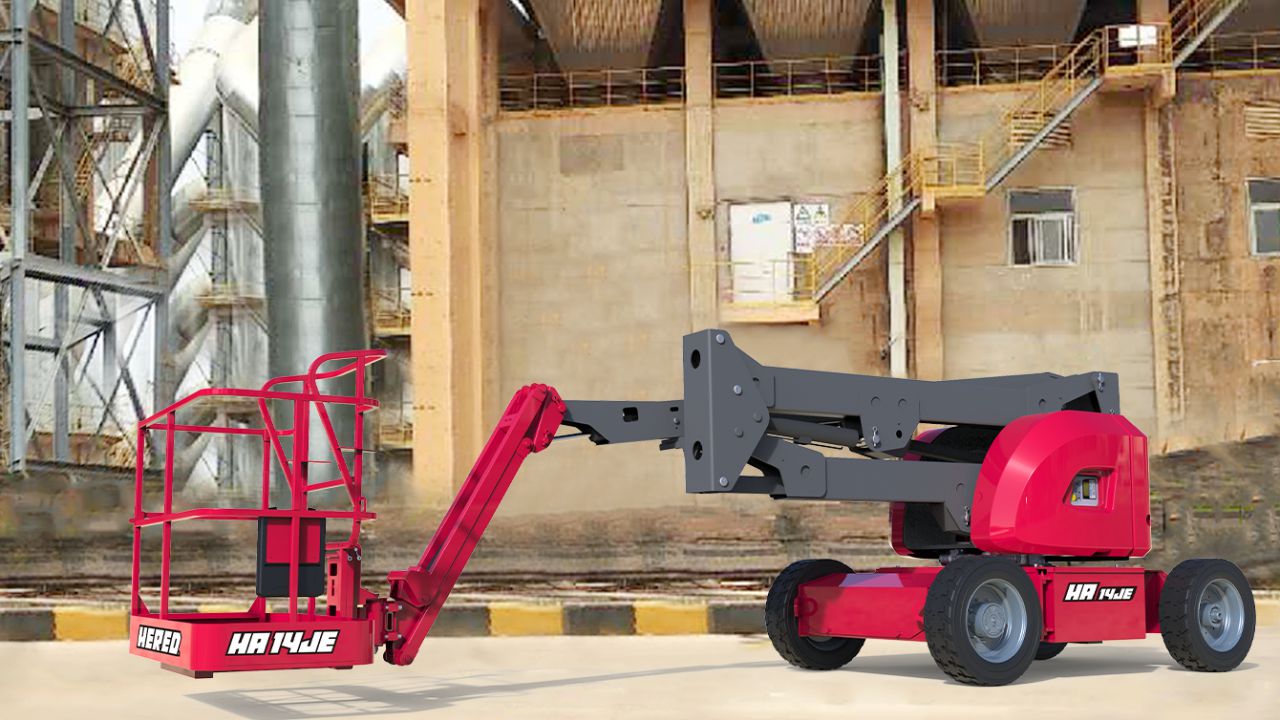
In the digital age, businesses are constantly looking for new ways to innovate and streamline operations and improve efficiency. One such innovation is the implementation of QR code inventory management systems. These systems leverage the power of Quick Response (QR) codes to enhance the accuracy, speed, and efficiency of inventory management processes. So, what are they exactly?
Understanding QR Code Inventory Management
QR codes are incredibly handy two-dimensional barcodes that can store a significant amount of data. They can be read by smartphones and QR code scanners, making them a versatile tool for various applications, including inventory management. A QR code inventory management system uses these codes to track and manage inventory items, from acquisition to distribution.
Benefits of QR Code Inventory Management Systems
1. Enhanced Accuracy
One of the leading advantages of QR codes is their ability to store even more data than traditional barcodes. This capability reduces the likelihood of errors during data entry and ensures that detailed information about each inventory item is easily accessible. By quickly scanning a QR code, users can instantly retrieve data such as product name, description, serial number, and location.
2. Improved Efficiency
QR code systems streamline the inventory management process. Scanning a QR code is faster and more efficient than manual entry or even traditional barcode scanning, as it allows for quick access to comprehensive data. This speed is particularly beneficial during stock-taking, receiving shipments, and processing orders, significantly reducing the time spent on these tasks.
3. Real-Time Tracking
QR codes enable real-time tracking of inventory items. As items move through different stages of the supply chain, their status can be updated instantly by scanning their QR codes. This real-time visibility ensures that inventory levels are always up to date, helping businesses avoid stockouts and overstock situations.
4. Cost-Effectiveness
Implementing a QR code system is generally a good option for your overall business spending. QR codes can be generated and printed at a low cost, and most smartphones today come with built-in QR code readers. This eliminates the need for expensive specialized equipment, making it an accessible solution for businesses of all sizes.
5. Scalability
QR code systems are highly scalable. Whether you’re managing a small inventory or a vast warehouse, QR codes can easily be integrated into your existing processes and scaled up as your business grows. The flexibility of QR codes makes them suitable for various industries, including retail, manufacturing, and logistics.
Key Considerations for Successful Implementation
1. Data Security
Ensure that your QR code inventory management system includes robust security measures to protect sensitive data. Use encryption and secure access controls to prevent unauthorized access and data breaches.
2. Quality of QR Code Labels
The quality of your QR code labels is crucial for the system’s effectiveness. Use durable materials that can withstand the environmental conditions that your inventory is stored in. Faded or damaged labels can lead to scanning errors and disrupt your inventory management processes.
3. Regular Audits
Conduct regular audits of your inventory to ensure the accuracy of your QR code system. Compare the data in your inventory management software with the physical inventory to identify any discrepancies and address them promptly.
4. Scalability
Choose a system that can grow with your business. As your inventory expands, your QR code system should be able to handle the increased volume without compromising on performance or accuracy.
5. Compliance
Ensure that your QR code system complies with any relevant industry standards and regulations. This is particularly important for industries with strict regulatory requirements, such as pharmaceuticals and the food and beverage industry.
Conclusion
Implementing a QR code inventory management system can revolutionize the way you manage your inventory. The enhanced accuracy, improved efficiency, real-time tracking, and cost-effectiveness of QR codes make them an ideal solution for businesses of all sizes. By carefully assessing your needs, choosing the right software, training your staff, and continuously monitoring and optimizing the system, you can ensure a successful implementation that delivers significant benefits to your organization. In a world where efficiency and accuracy are paramount, QR code inventory management systems offer a powerful tool to stay ahead of the competition and drive business success.








